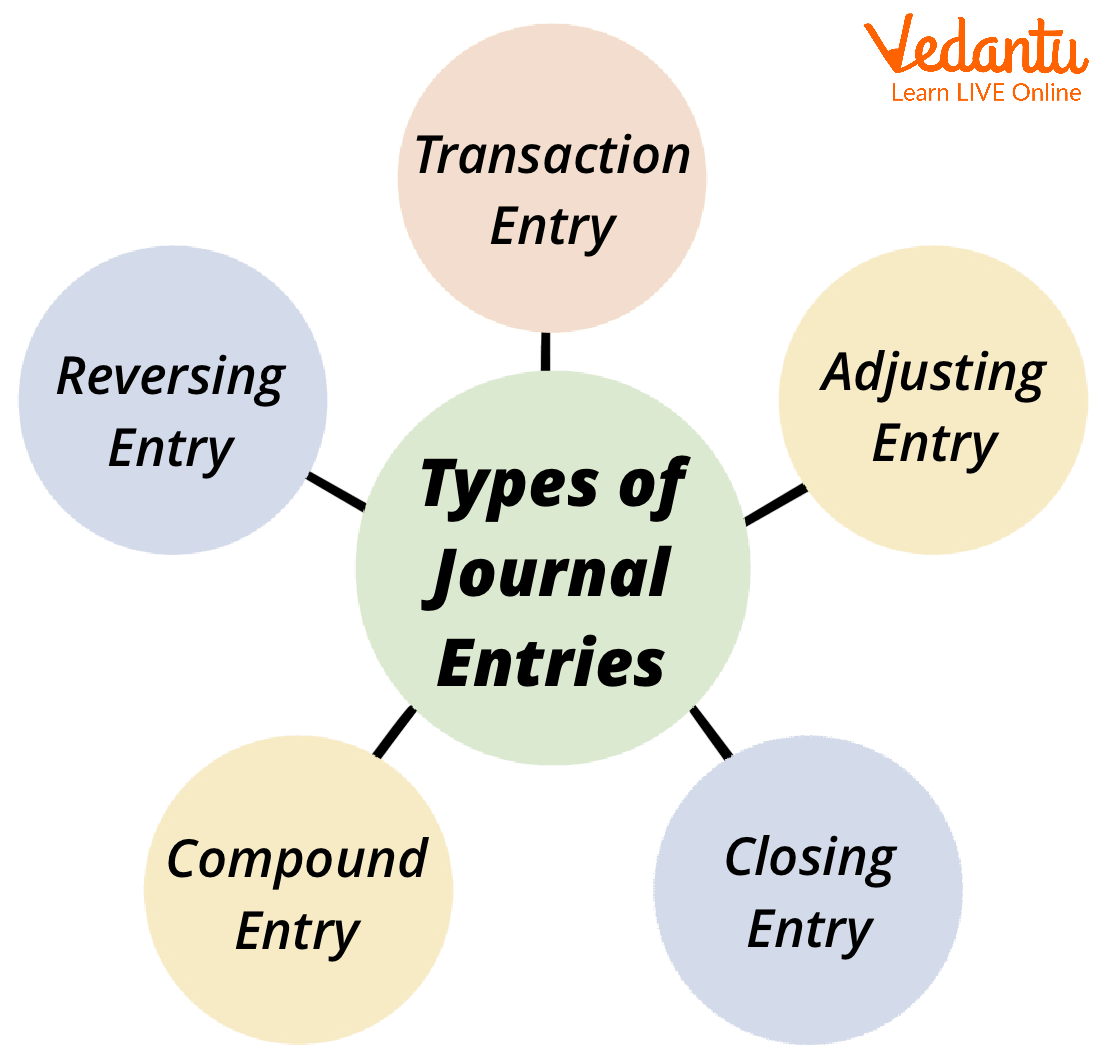
If the market values of securities in a portfolio fall, then mark-to-market losses would have to be recorded even if they were not sold. The prevailing values at measurement date would be used to mark the securities. Marketable securities that are debt instruments can be marked-to-market if the entity elects to do so, but there are two other treatments available.

Marking-to-market a derivatives position
- Certain assets and liabilities that fluctuate in value over time need to be periodically appraised based on current market conditions.
- This is typically the price that the investor has paid to acquire the asset.
- FASB Statement of Interest «SFAS 157–Fair Value Measurements» provides a definition of «fair value» and how to measure it in accordance with generally accepted accounting principles (GAAP).
- The process of mark-to-market involves comparing the asset’s original purchase price to its current market price.
The statement known as SFAS 157–Fair Value Measurements provides a definition of «fair value» and how to measure it in accordance with generally accepted accounting principles (GAAP). The first step in the MTM process is to determine the original purchase price of the financial instrument. This is typically the price that the investor has paid to acquire the asset. Such disclosures, facilitated by MTM accounting, help investors make informed decisions and maintain confidence in the integrity of financial markets.
The 2008 Financial Crisis
That doesn’t necessarily guarantee you would get that amount if you were to sell the asset. In India, the primary body setting accounting standards is the Institute of Chartered Accountants of India (ICAI). They issue pronouncements and guidance based on the Framework for the Preparation and Presentation of Financial Statements (Framework), which is aligned with International Financial Reporting Standards (IFRS). Thus, FAS 157 applies in the cases above where a company is required or elects to record an asset or liability at fair value. In personal accounting, the market value is the same as the replacement cost of an asset.
What are MTM Accounting Standards?
If FAS 157 simply required that fair value be recorded as an exit price, then nonperformance risk would be extinguished upon exit. However, FAS 157 defines fair value as the price at which you would transfer a liability. In other words, the nonperformance that must be valued should incorporate the correct discount rate for an ongoing contract.
FAS 115
It is a process followed in the accounting field, where the actual and present market value of the assets and liabilities get reflected after making certain adjustments. Thus, the aim of this calculation is to determine what the business may get or recover it the asset was disposed of on that day. This is widely used in the financial market to estimate current earned income and earned income tax credit eitc tables values and make business decisions. As companies’ asset prices rose due to the boom in the housing market, the gains calculated were realized as net income. However, when the crisis hit, there was a rapid decline in the prices of properties. Suddenly, all of the appraisals of their worth were detrimentally off, and mark-to-market accounting was to blame.
The balance sheet is another area where mark to market accounting leaves its mark. By valuing assets and liabilities at their current market prices, the balance sheet offers a more up-to-date representation of an entity’s financial position. This can be particularly beneficial for investors and analysts who rely on these statements to assess the company’s health and make investment decisions. Although FAS 157 does not require fair value to be used on any new classes of assets, it does apply to assets and liabilities that are recorded at fair value in accordance with other applicable rules. The accounting rules for which assets and liabilities are held at fair value are complex.
Market value refers to the value of the company based on what potential buyers would be willing to pay for it. When word got out about the bank’s losses, worried depositors withdrew huge sums of money, leading to the bank’s swift collapse and takeover by the Federal Deposit Insurance Corporation. FAS 157 only applies when another accounting rule requires or permits a fair value measure for that item. While FAS 157 does not introduce any new requirements mandating the use of fair value, the definition as outlined does introduce certain important differences.
Mark to market is, as discussed, an accounting method that’s used to calculate the current or real value of a company’s assets. Mark to market is a helpful principle to understand, especially if you’re interested in futures trading. Banks couldn’t sell those assets, and under mark to market accounting rules they had to be revalued.
It also ensures that the contract accurately reflects the price of the underlying asset. In simple words, you will have to provide the additional funds required if the price of the futures contract drops before the daily settlement. Once the balance margin is submitted to the stockbroker, you can proceed with your positions and close them as per your discretion.

